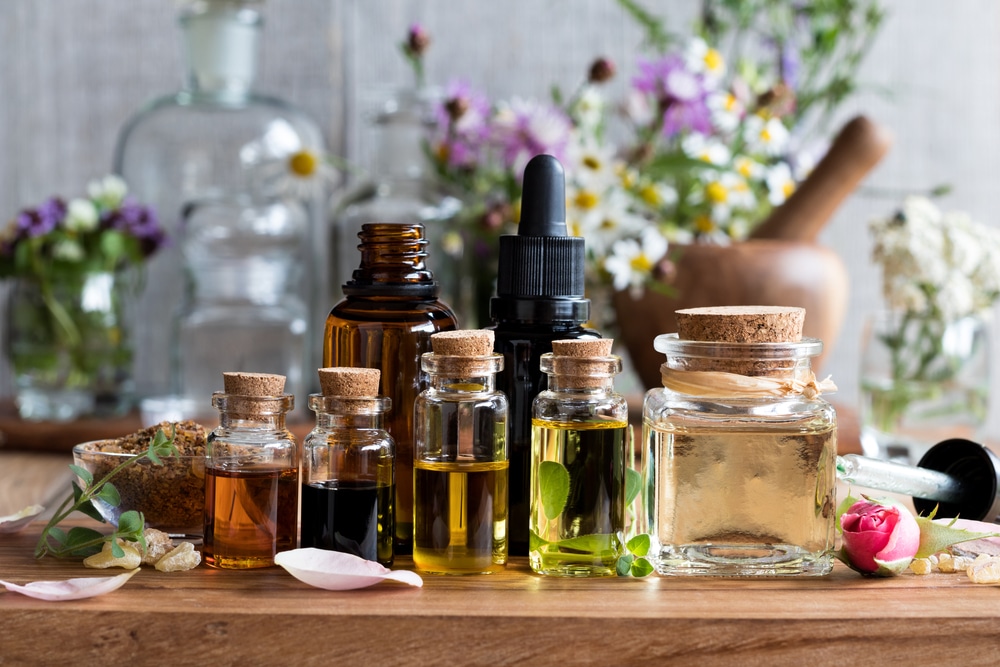Customizing aromas with different fragrance oils adds a personal touch to soap creations. Researching scents and other soap making supplies before you begin your next soap project can help you determine which ingredients align with your desired outcome. Here is a beginner’s guide to using fragrance oils in soap making:
Understanding Fragrance Oil Varieties
Soap makers usually scent their products with two types of oils:
- Fragrance oils: These are typically made in laboratories and can mimic natural aromas. Man-made fragrances pair well with both cold and hot process soap. They usually retain their scent long-term.
- Essential oils: Essential oils are extracted from plant parts and provide natural but more subtle scents. These may offer natural healing remedies, such as anti-inflammatory or aromatherapy benefits.
Look for fragrance oils that also blend well with liquid soap bases, as the scent can enhance the bathing experience. Each fragrance oil differs in scent strength, behavior during saponification, and compatibility with different types of soap. Understanding an oil’s behavior helps determine your soap making method and which types match your product goals.
Prioritizing Skin-Safe Oils
Some fragrance oils may cause skin irritation for people with sensitive skin. The International Fragrance Association publishes recommendations on which fragrance oils are permitted in soaps. Checking the IFRA certificate from the manufacturer or studying fragrance oil statistics allows you to verify that scented soaps are safe for your skin. The right oil-to-soap ratio prevents irritation. Professional soap makers usually prefer synthetic fragrances that are labeled as safe after being tested on various skin types.
Recognizing Flash Point
Every fragrance oil has a flash point, which is the temperature at which the fragrance’s volatile components ignite. Flash points do not affect cold or hot process soaps, as fragrance oils are not added until after the soap base has been made. Flash points may be a concern when making melt and pour soaps.
For soap makers who sell their products, understanding flash points is key for safe packaging and shipping. Oils with low flash points can pose a fire risk if exposed to high temperatures during transit. When selecting fragrance oils for your soap making supplies, note their flash points to support safe handling and storage.
Evaluating Acceleration and Discoloration
Some fragrance oils can cause soap bases to thicken rapidly, making it difficult to pour them evenly. Others may darken the soap, altering the color of the soap base. Men’s cologne scents may accelerate hot process soap batches, and vanilla fragrance oils can cause cold process soaps to turn brown. Conduct a fragrance test on a small batch to determine reactions before making a large order. Note which fragrance oils retain their intended hue and pour smoothly.
Weighing Oils
Weigh fragrance oils with a digital scale and follow the IFRA’s recommended measurements for ounces of fragrance oil per pound of soap. Increase or decrease oil amounts only within the safety guidelines. A digital scale helps makers weigh out their fragrance oils consistently every time, even when doubling soap batches. Accurate measurements help maintain fragrance strength and prevent potential issues such as scent fading or irritation due to improper oil concentrations.
Discover Soap Making Supplies
Dedicated soap makers rely on fragrance oils to perfume their handmade creations. Choose fruity, floral, fresh, and other fragrances from reliable suppliers. Following safe soap-making ratios and testing batches helps verify that your soaps set well and do not irritate the skin. Custom fragrance oil combinations allow makers to transform plain bars into a sensory experience. Craft aromatic soaps with fragrance and essential oils today.

